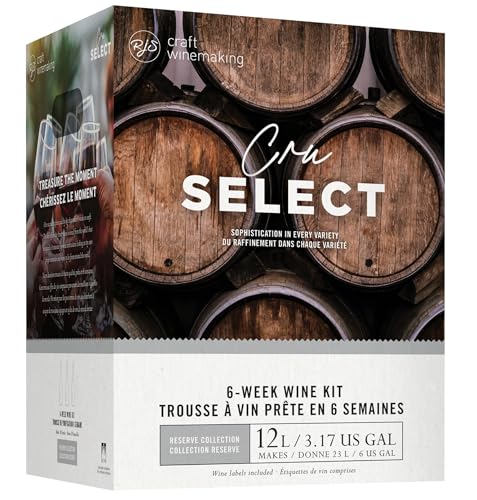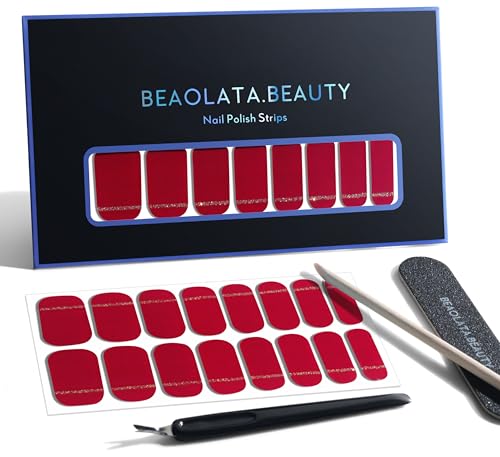Did some searching and found this link.
http://www.vinovation.com/Pearson.html
Not sure what a good final abv would be but I put in going from 13 to 20% as a start. Comes out to having to add 1/2 gallon of brandy. Seems like a lot.
A ratio of 4:1 is a good rule of thumb. Pearsons square also works well. I do not like percentages. I use the A,B,C,D,E, style of Pearsons square.Did some searching and found this link.
http://www.vinovation.com/Pearson.html
Not sure what a good final abv would be but I put in going from 13 to 20% as a start. Comes out to having to add 1/2 gallon of brandy. Seems like a lot.
A-The fortifying product. A-Everclear 85%
B-The wine ABV % that I have B-Your wine, let's suppose 14%
C-The ABV I want to acheive. C- I want 20% ABV
D-The Oz of wine on hand. D-1 gallon, 128 oz
E-The amount of fortifying in oz to add. E-What I will add.
Example;
A-C=55
C-B=6
D 128 oz
So 6 x 128 = 768. 768 divided by 55 = 13.9 oz of Everclear to add.
It really is that simple to use Pearsons square.
If your fortifying product has a lower ABV, then yes, you will have to add more product
David














































![[Upgraded] 9Pcs Tree Root Growing Box with Drain Holes, Half Transparent Plant Rooting Propagation Ball & Metal Core Twist Ties, for Fast Propagation Plants (Size M)](https://m.media-amazon.com/images/I/514MWQxtWOL._SL500_.jpg)









